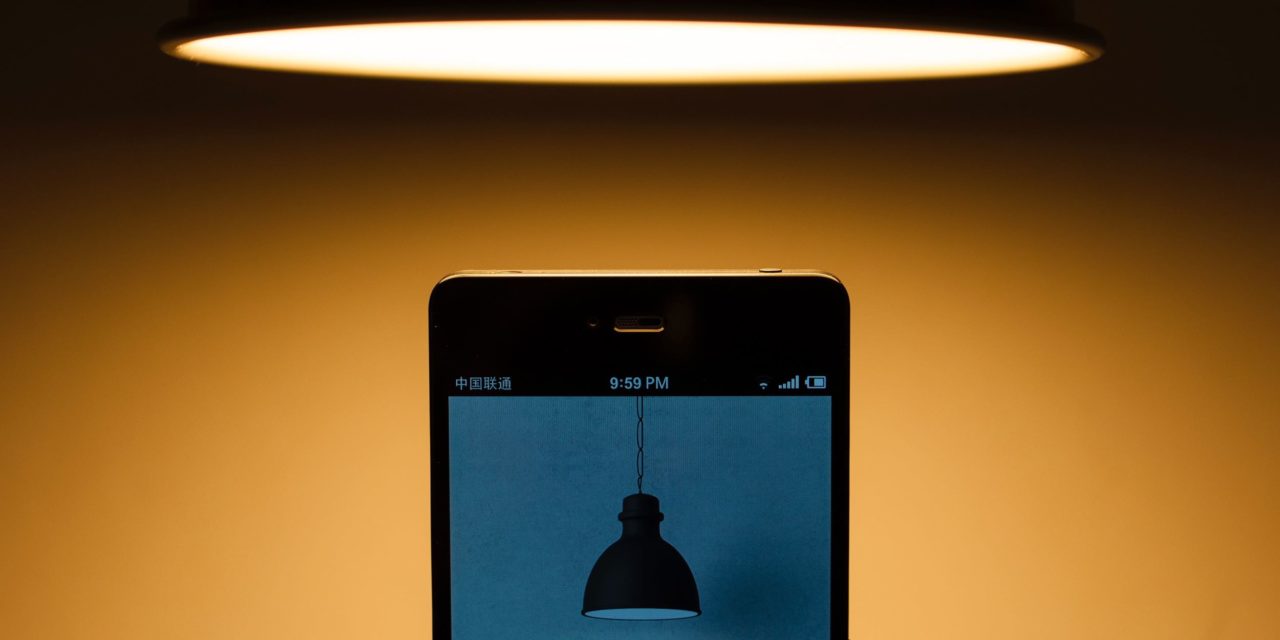It’s the new millennium, so why are you still using old electrical technology to light and control your home? The term “Smart Home” is commonly used to define a residence that has lighting, appliances, security and other electric systems capable of communicating with one another by remote access. We asked electricians to tell us about three new advances in “smart homes”, that are the easiest to adapt, and what are the most requested technology features in today’s renovations.
1. Mood Lighting
One of the easiest ways to transform your home into a showcase of new technology is to introduce a smart lighting system, which allows you to adjust your lighting to your mood. With a variety of brands from which to choose, you can replace your standard incandescent or compact fluorescent bulb using an array of control solutions. These newer devices will allow you to control tone, contrast and color of your rooms. Some manufacturers tout “sleep inducing” or “sleep enhancing” LED bulbs that are the product of a collaboration with NASA. One product is nicknamed “Happy Lights” that some medical professionals are suggesting can aid Sleep Affective Disorder (SAD). Mood lighting can be controlled from any smart device and comes in a wide range of price points to fit every budget.
2. Smart Device Control
Since you will be controlling your mood lighting through your phone, you might want to extend your reach to other appliances and areas, in order to suit your on-the-go programmable lifestyle. Controlling electronic devices through smart applications, was previously thought to be only for newer homes. Thanks to improvements in technology – namely Bluetooth and Wi-Fi – even your 1950’s Craftsman home can be the envy of the neighborhood. Begin by connecting a hub, average cost around $300, with a variety of sensors throughout the property. You can control practically anything that is electronic, from garage doors to the microwave, with remote capability. The most common devices connected to smart devices today are: HVAC systems; home audio and video systems; landscape lighting; security cameras; and indoor lighting that give the appearance of being at home, thwarting break-ins.
3. USB Wall Outlets
If you are in an older home, you may want to upgrade or retrofit your standard electrical outlets to accommodate more modern devices. Smart devices are conveniently charged with USB ports, which are often difficult to find and rarely installed in older homes. However, these ports can now be easily installed and now come with a variety of options to accommodate both standard outlet receptacles. Better yet, we recently found wall outlets that accommodated both USB Type A and USB Type C, along with the standard AC port. USB wall outlets are safe if installed correctly, so make sure to have a qualified electrician perform installation, if you have any hesitance about working with electricity.
As a precaution, always make sure to install GFCI (ground fault circuit interrupter) outlets (those with “Reset” and Test” buttons) to any room which has a water source, such as bathrooms, kitchens, and laundry rooms. GFCI outlets prevent electric damage by cutting off the power flow within milliseconds if there is a surge of electricity. Note that USB ports are not GFCI outlets and should not be used in the proximity of water sources by themselves. However, you can protect the USB outlet with a separate GFCI outlet by connecting them (making the USB outlet a load of the GFCI outlet) and allowing full control from the GFCI outlet.
Transforming your home to an oasis that makes it uniquely your own is becoming easier with modern technology and ever evolving products and applications.







